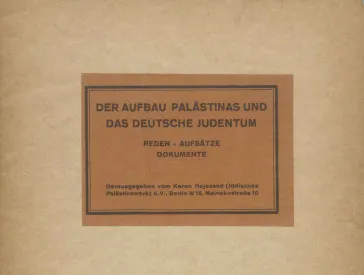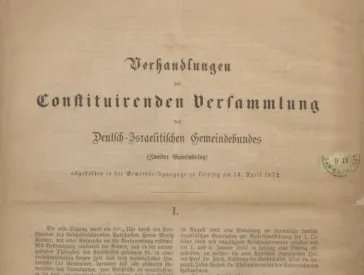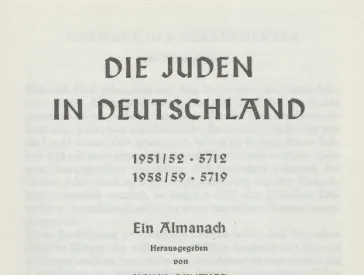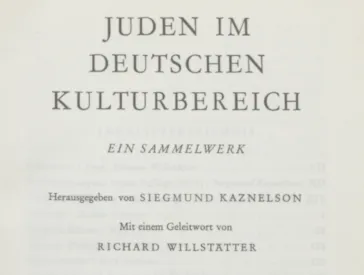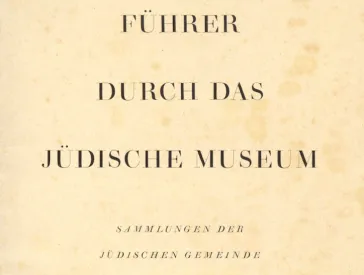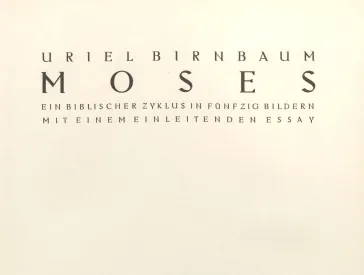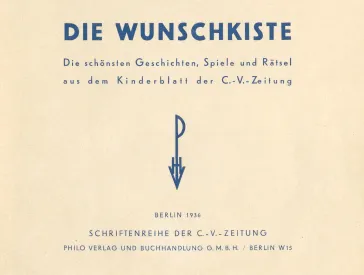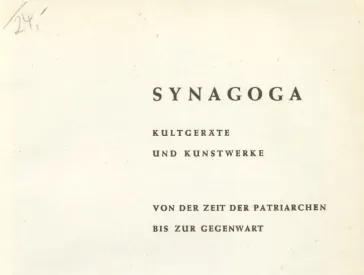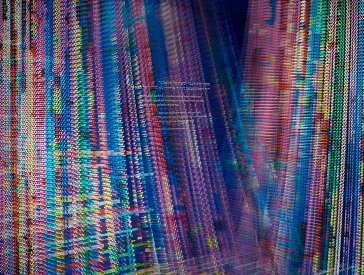The Development of Palestine and German Jewry (1922)
Digitized Anthology of the Keren Hayesod (Palestine Project) from 1922
This anthology demonstrates the cross-party commitment of German Jewry to Jewish settlement in Palestine.
Liberal, orthodox and philanthropically inclined Jews established the Keren Hayesod (Palestine Project) in 1922 to support Jewish immigration to Palestine. They saw it as a way to provide stateless Jews, and especially those persecuted in Eastern Europe, with a perspective beyond Europe.
“We cannot know what the future holds for Palestine, and we cannot know what the future holds for Germany. We cannot know, but who can say whether even the grandchildren of those who seem secure today may one day be forced to depart for the ancestral land of their fathers?” (Leo Baeck, ibid., p. 14–15)
Financing the infrastructure in Palestine: the Keren Hayesod
In 1917, twenty years after the first Zionist Congress, plans for a Jewish community in Palestine took shape with the Balfour Declaration, which called for a “national home for the Jewish People.”
Supporting Jewish immigration to Palestine required vast sums of money. Keren Hayesod (Palestine Project) was founded in London in 1920 for this purpose. It introduced a system of self-imposed taxation among Zionists, modeled on the biblical tithe, and raised funds worldwide.
The official Zionist department for Central Europe was located in Berlin under the name Keren Hayesod (Palestine Fund). The Keren Hayesod (Palestine Project) of the same name, also founded in Berlin two years later, supplemented this by fundraising among Jews who were not members of Zionist organizations.
Keren Hayesod financed public services such as education and health care, and above all the agricultural development of barren soils, distinguishing it from the better-known Keren Kayemeth LeIsrael (Jewish National Fund), active since the turn of the century. The Keren Kayemeth LeIsrael raised money through donation boxes and stamps to acquire land, which it then leased in perpetuity to Jewish settlers.
Book cover of the anthology Der Aufbau Palästinas und das deutsche Judentum (The Development of Palestine and the German Jewry, 1922); Jewish Museum Berlin
Further digitized materials on Keren Hayesod available in the DFG Viewer:
- Was ist der Keren Hajessod? (What is Keren Hayesod?) (1922)
- Der Keren Hajessod (Palästina-Grundfonds)? (Keren Hayesod–Palestine Foundation Fund) (1922)
- Was will der Keren Hajessod? (What does Keren Hayesod want?) (1922)
- Jüdische Leistungen in Palästina (Jewish Achievements in Palestine) (1922)
- Egmont Münzer: Die Forderungen der Zeit und der Wiederaufbau Palästinas (The Demands of the Time and the Reconstruction of Palestine) (1922)
- Das Palästina-Werk (The Palestine Project) (1926)
- Jakob Ettinger: Emek Jisreel (Jezreel Valley) (1926)
- Ein werdendes Land (A Land in the Making) (1928)
- Jüdische Landwirtschaft in Erez Israel (Jewish Agriculture in Eretz Israel) (1930)
Book cover of Jakob Ettinger’s Emek Jisreel (Jezreel Valley) (1926); Jewish Museum Berlin
Further related digitized materials available in the DFG Viewer:
- Otto Abeles: Besuch in Erez Israel (A Visit to Eretz Israel) (1926)
- Gerhard Holdheim: Palästina (Palestine) (1929)
Digitized Books: Read Our Books Online (8)


